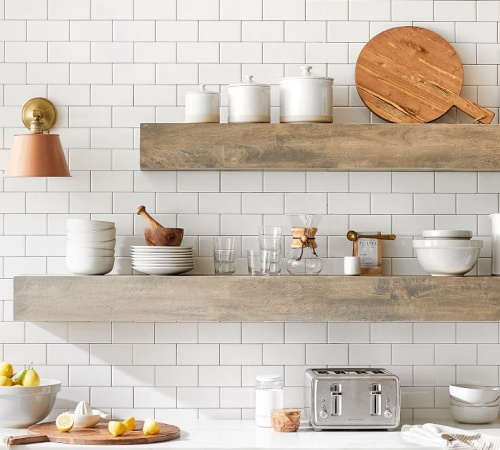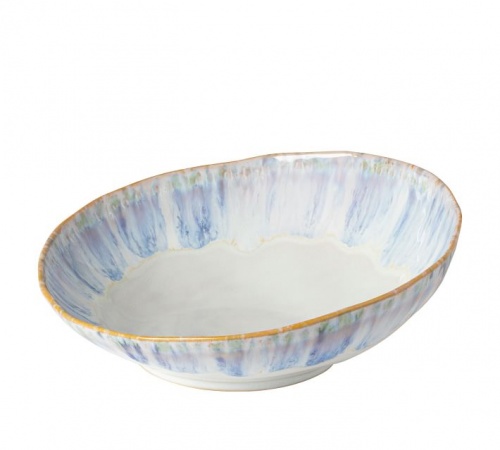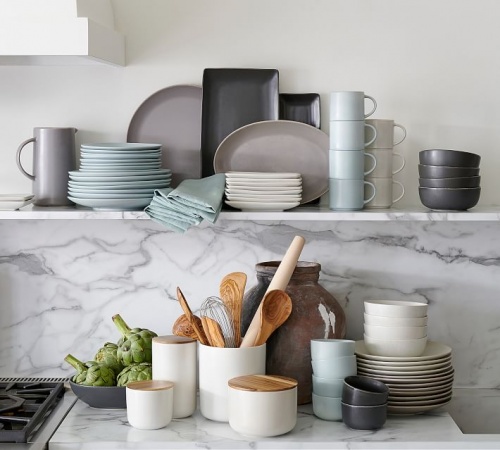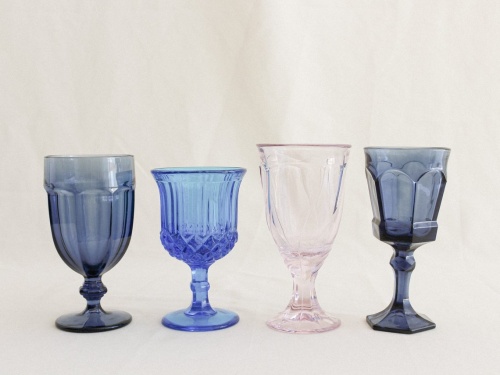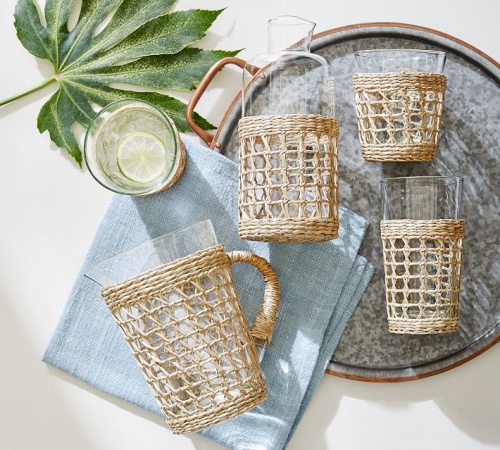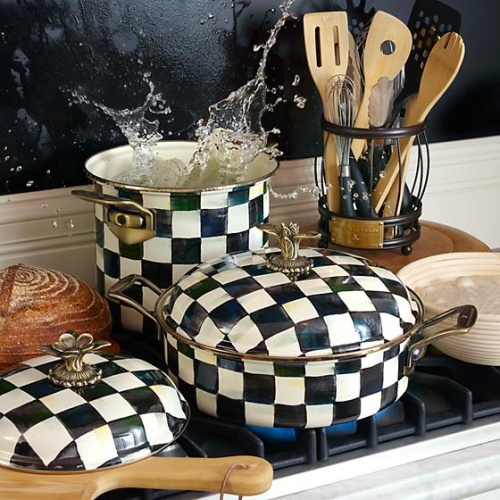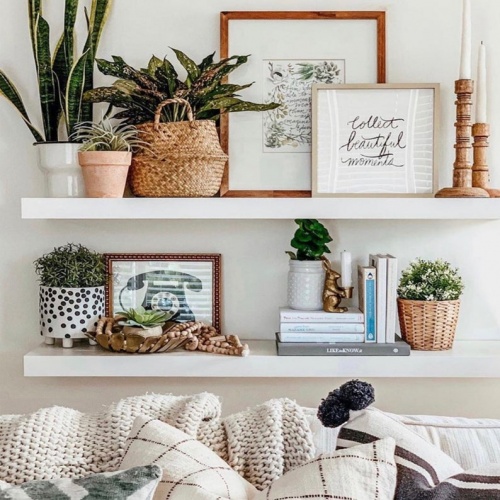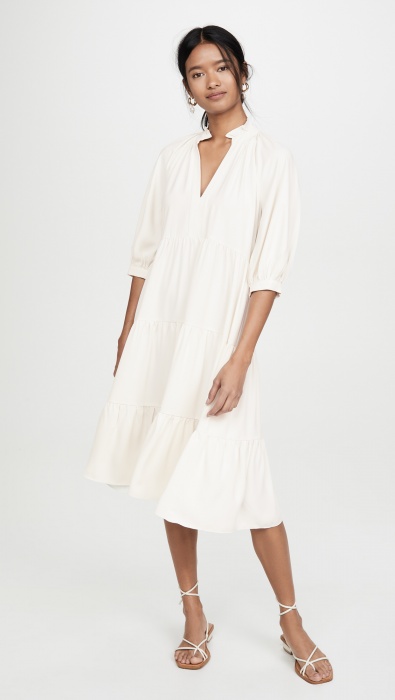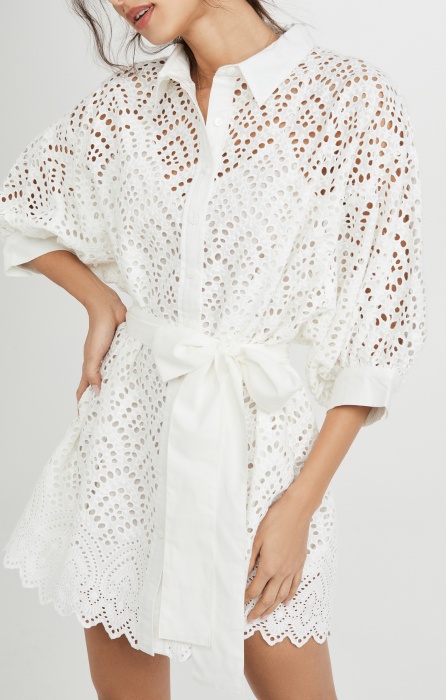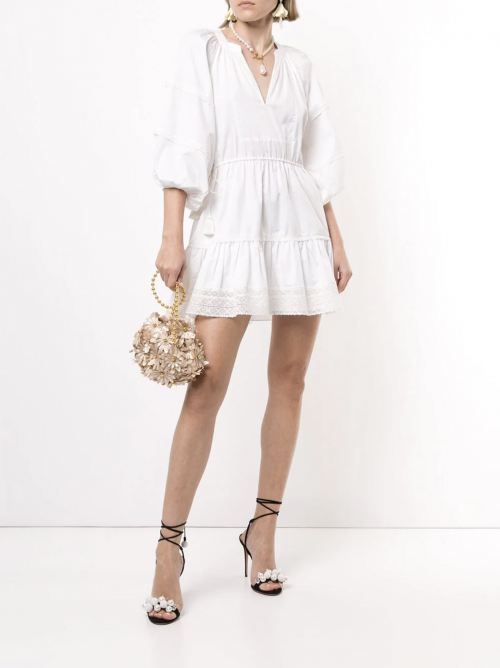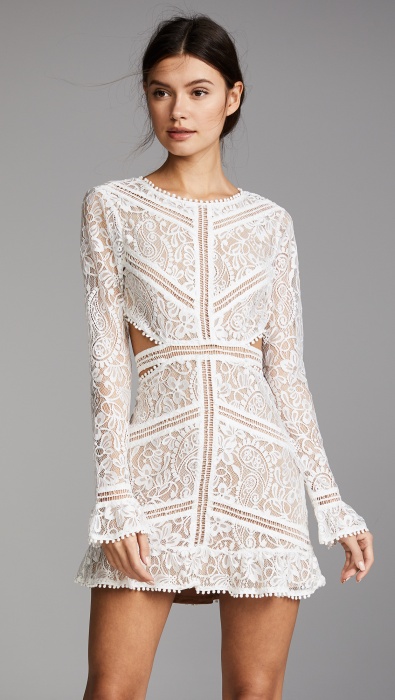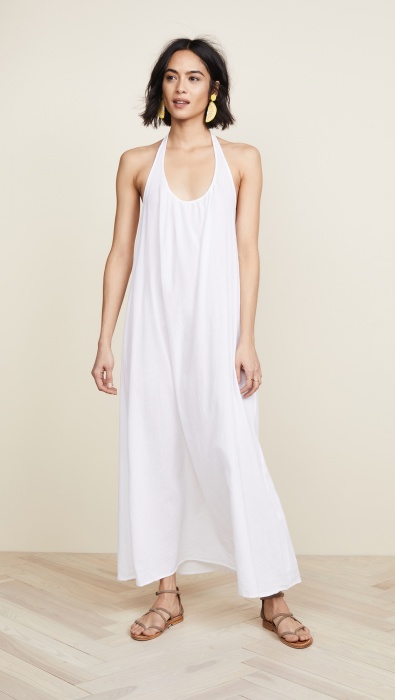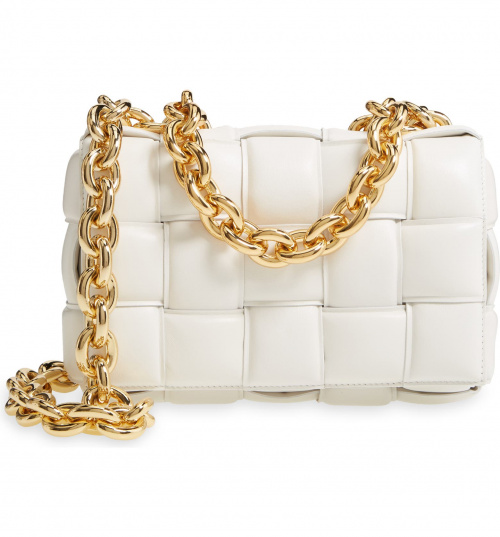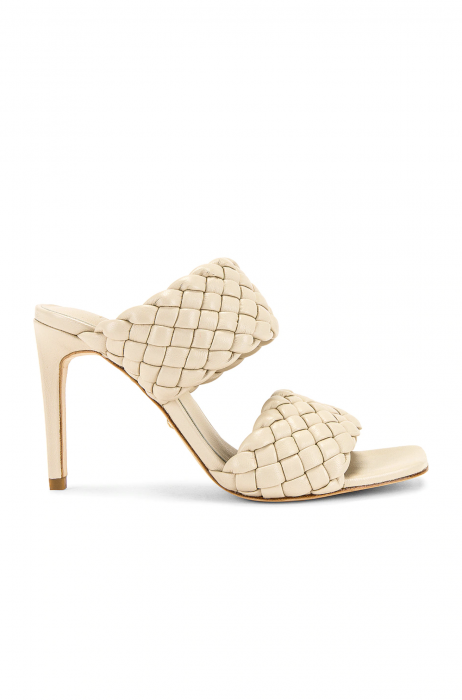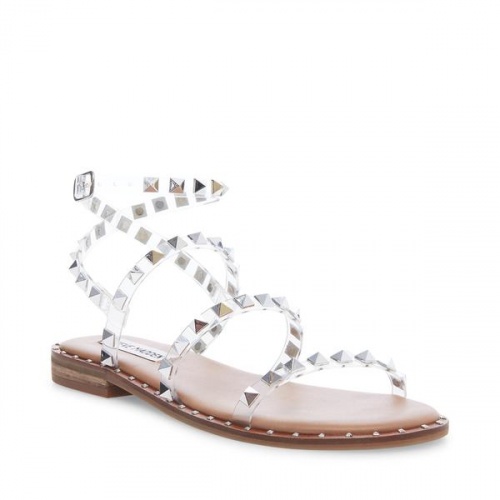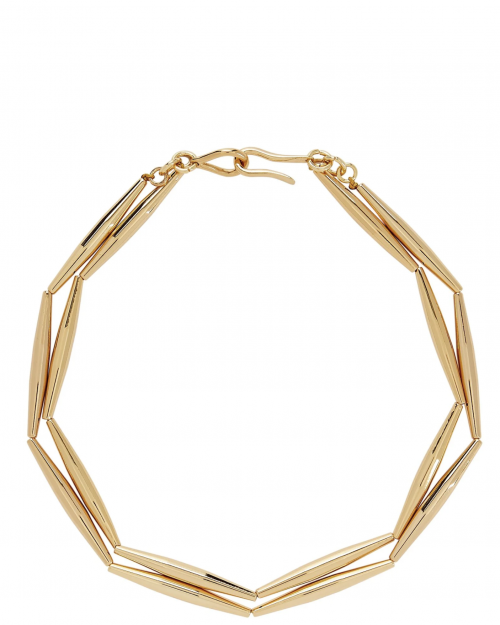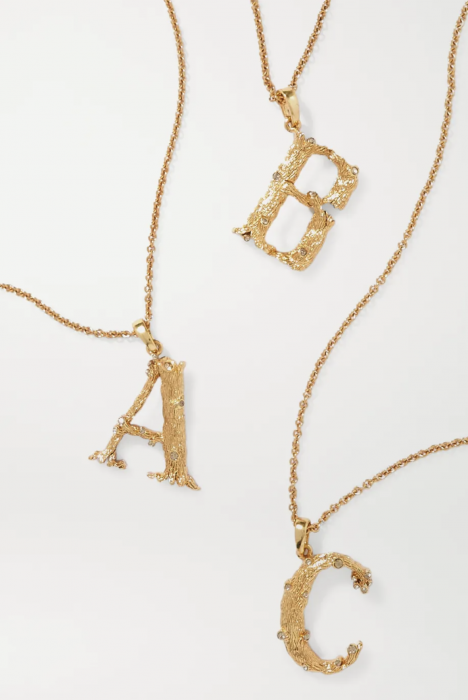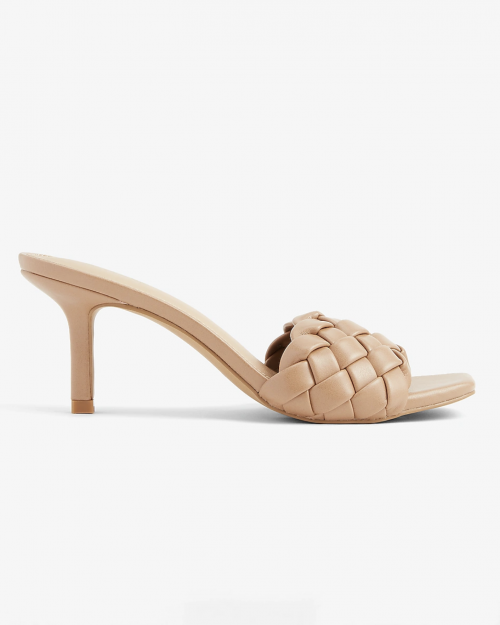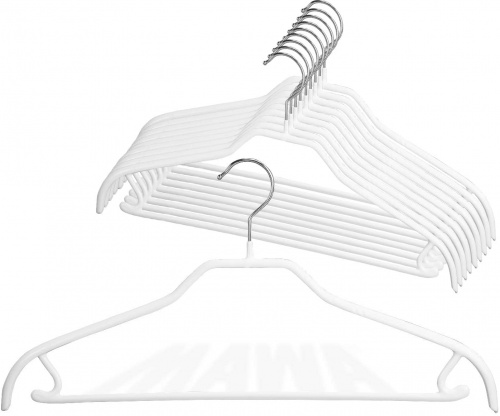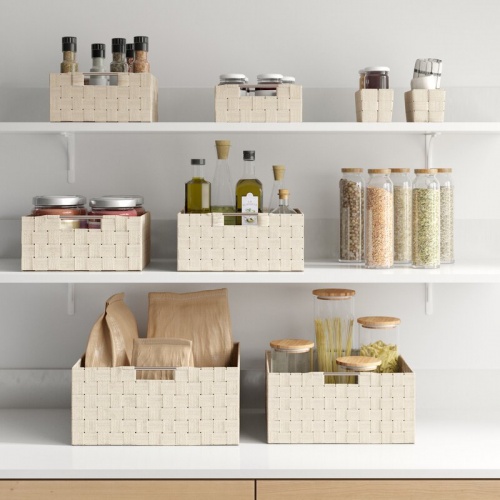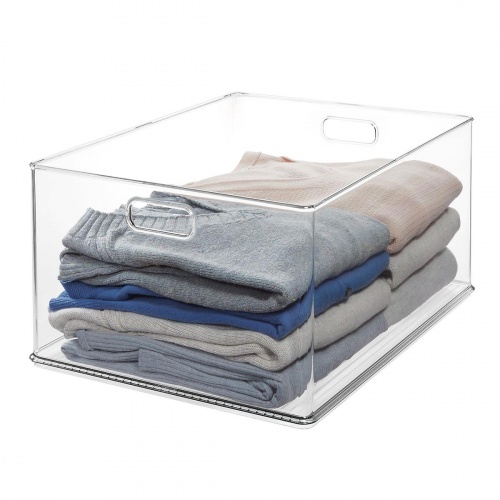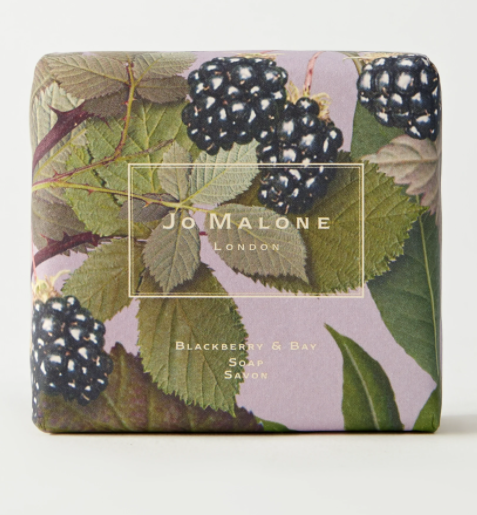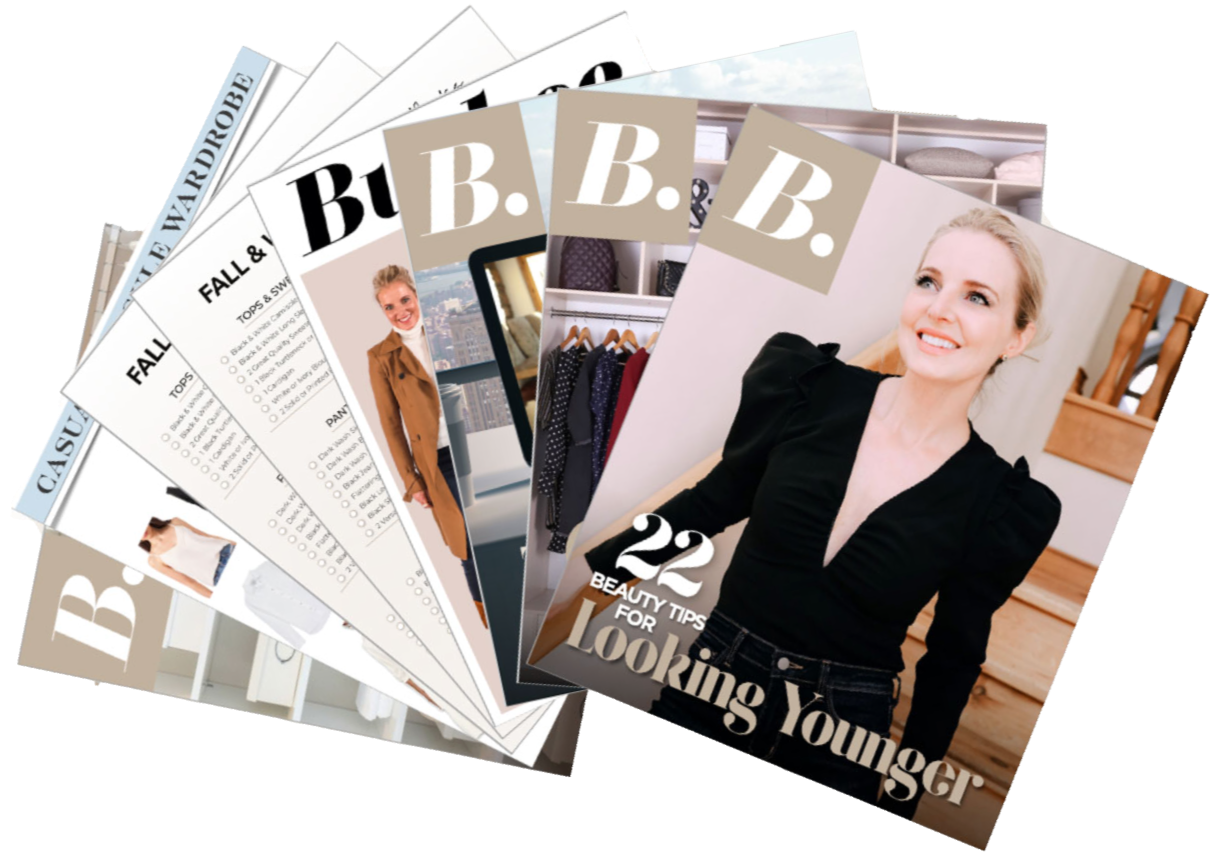Maybe you’ve thought about it. Floating shelves in your kitchen. Oddly enough, this trend is fairly controversial in the world of interior design. Some designers love the clean, airy look and visual, “lighter” break that floating shelves can offer. Others gravitate away from this concept because visually appealing shelving typically replaces cabinet storage. Form vs. function. I believe you can have both: beautifully styled shelves AND the function of storage. Read on for my tips to style Pinterest-worthy floating kitchen shelves.
It’s as easy as 1, 2, 3!
[show_shopthepost_widget id=”4400712″]
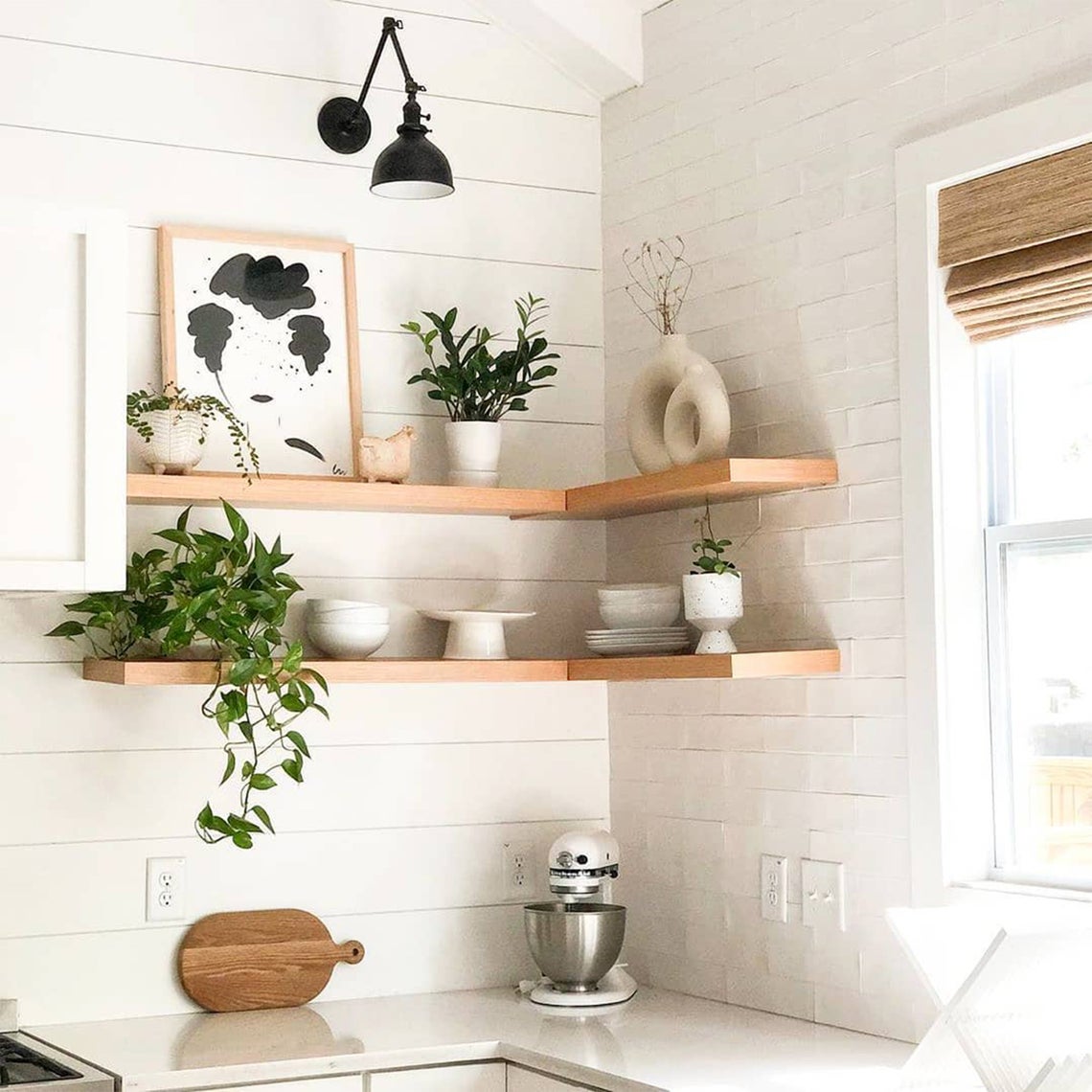
1) Function First
In order to fully embrace this trend, first, map out your shelving game plan. Ask yourself, “What is the functional purpose of the shelves?” If you need storage, make sure they are deep enough and low enough for easy access. Are you purchasing pre-made shelves (these are beautiful), ordering custom (hello Etsy), or DIYing the shelves (here’s a great video)? This Etsy retailer gets thousands of 5-star reviews and their corner shelves (pictured above) are as unique as they are beautiful. Measure your space, determine ideal size, and assess if pre-made shelves or custom are the best options for your needs.
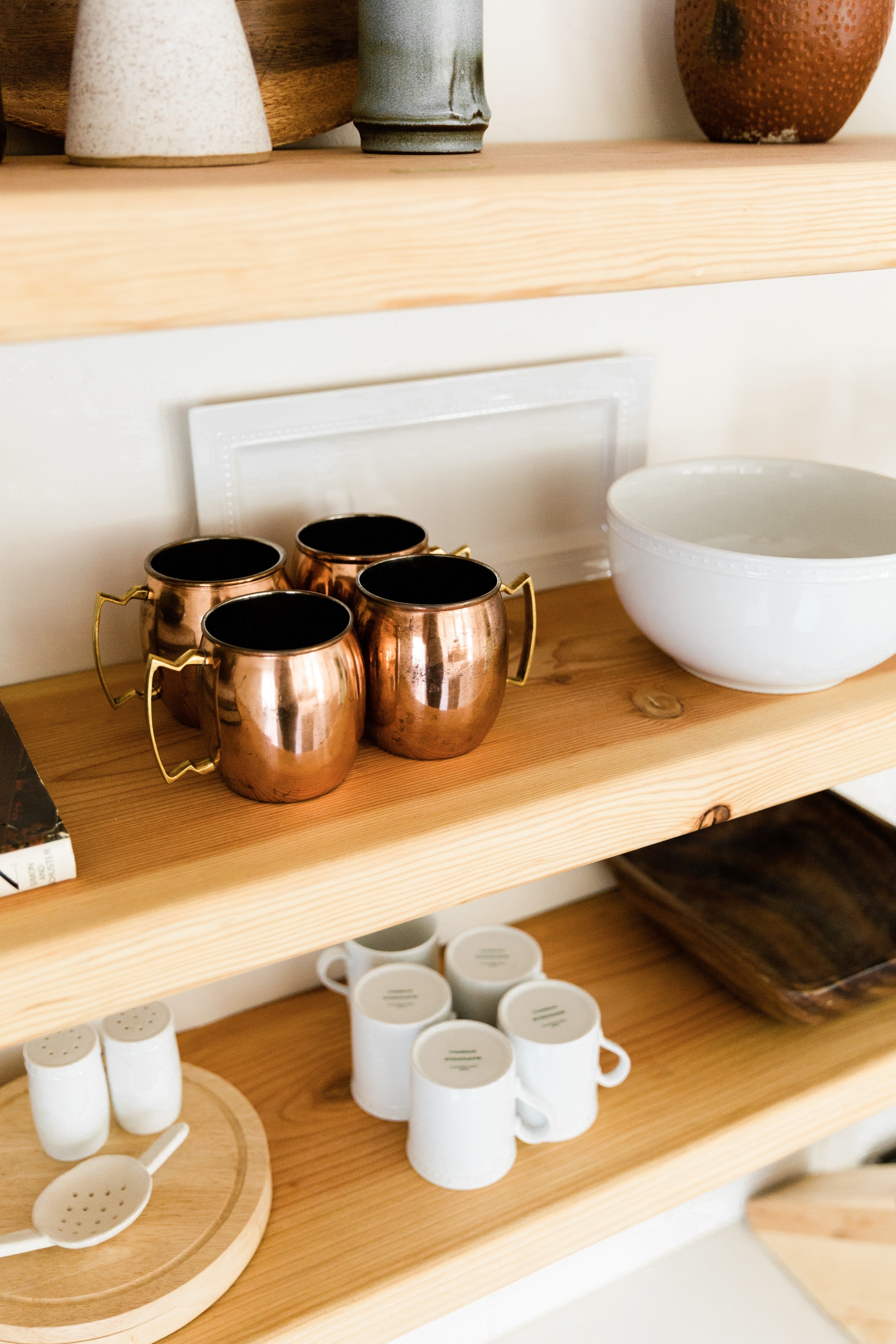
2) Style Second
This is the fun part, but don’t overdo it! Be selective with the pieces you decide to have on display. No, we’re not talking about showcasing your husband’s collection of shot glasses or plastic tumblers from your favorite sports teams. Those items look SO much better hidden away in the recesses of your dark cabinets. I AM talking about searching your kitchen for useful items you might already have that are appealing enough to display. This is where function meets style.
What Works?
Cookbooks (this one is amazing!), pitchers, glassware, plates, bowls, cutting boards, canisters and cake stands are great options. Stack a set of 4-6 plates, bowls, and/or mugs on the lowest shelf for easy-to-grab convenience. Bowls of fresh fruit, a canister to hide keys and pretty salt and pepper pots look classically intentional and serve a purpose. Plants, platters and oversized items can live on top shelves where accessibility isn’t as essential.
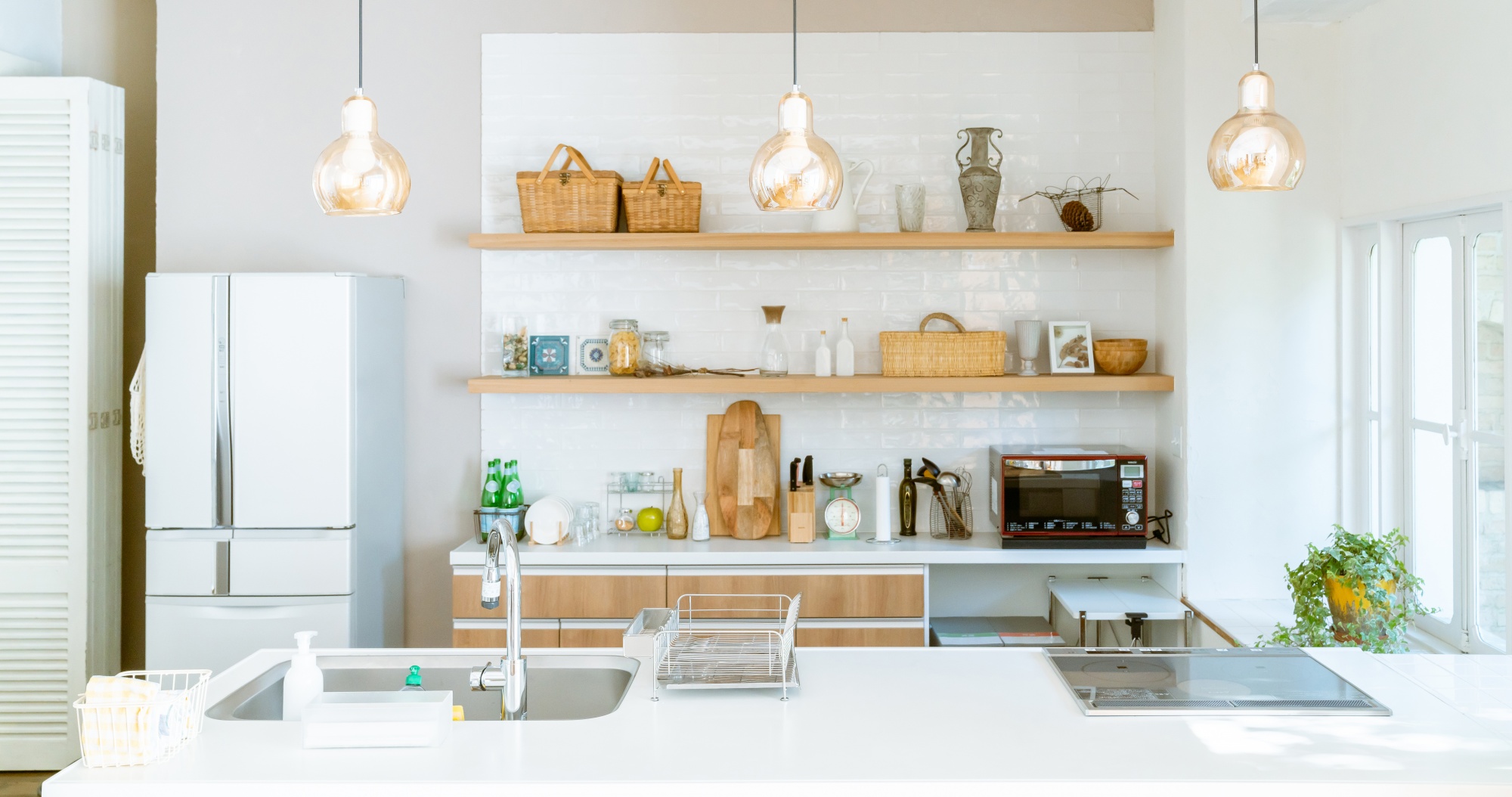
3) Balance, Size and Symmetry
When grouping your items, consider size. They should vary in height. Also, consider varying textures and shapes. If you are styling a long shelf, create separate footprints. For example, a stack of cookbooks topped with a plant could be one footprint. A large plate or platter or leaning artwork is a second footprint. These stoneware canisters come in three sizes and check the boxes for different heights and mixed textures. Use a complementary color scheme. Important: let the eye rest. Don’t cram too much on the shelf. Allow for some white space between items, groupings or footprints. Add visual interest with colorful vintage glassware (these are gorgeous) or metals like copper and stainless steel. I collect McKenzie Child pieces and this stockpot is on my current wish list. How fabulous would it look on a top shelf?
Mix Warm and Cool Elements
Warm: wood, greenery, ceramics
Cool: glass, metals, marble
You’ll have a stylish, functional, “shelfie-worthy” (sorry, I couldn’t help myself) kitchen in no time! If you have floating shelves in your kitchen, do you love them or regret the lack of storage? Please share your thoughts in the comments.
For some inspo on how to style a wet bar (and make it family-friendly) check out this post. To get blog posts delivered directly to your inbox, along with some awesome freebies, be sure to sign up for the newsletter here.
Thanks for reading!



